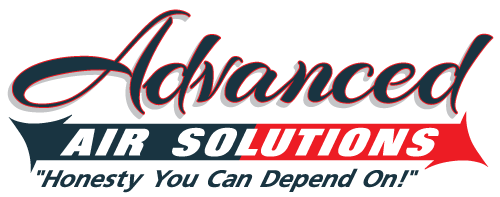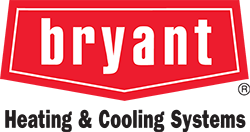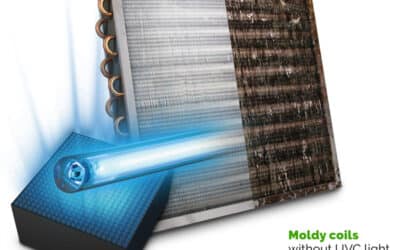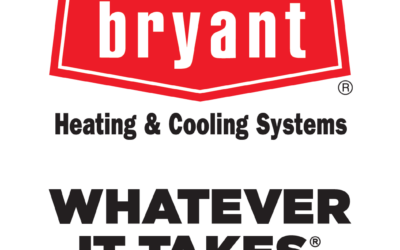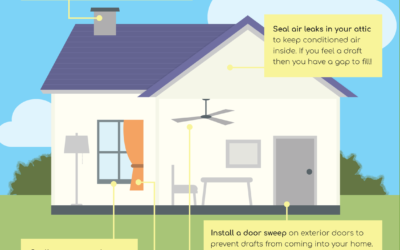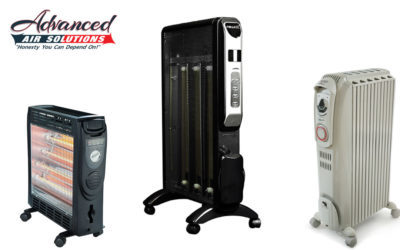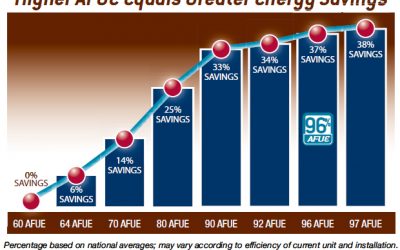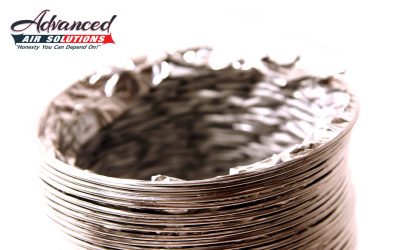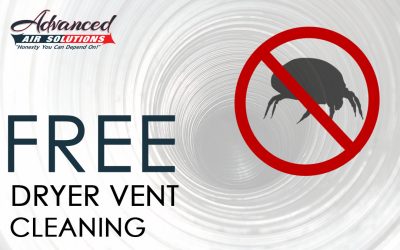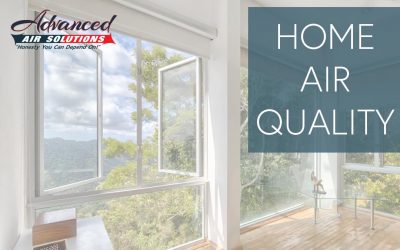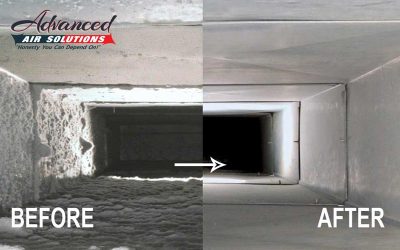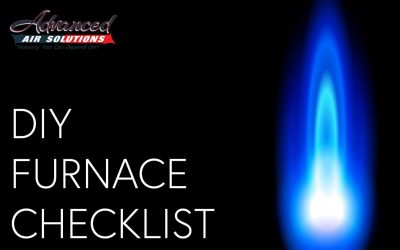How do our technicians at Advanced Air Solutions keep your energy costs low in the winter? By making sure that your furnace is running efficiently in the fall and autumn months!
Did you know that heating and cooling accounts for more than half of the energy use in a typical U.S. home (1), making it the largest energy expense for most homes?
Maintenance is especially critical to your heating system ahead of winter because this is when the furnace will be needed the most. While there are a couple of things you as the homeowner can do to ensure the proper functioning of your furnace, annual HVAC maintenance should be left to a heating and cooling expert, as they are able to check every single detail and perhaps fix any potential problems before a breakdown occurs.
Consistent and professional maintenance is our recommendation to ensure proper functioning of your heating unit as well as improved efficiency. Setting up a service plan is almost always the best solution to save money and time.
Schedule an appointment today and feel free to read through our furnace maintenance checklist below.

ADVANCED AIR SOLUTIONS FURNACE MAINTENANCE CHECKLIST
In addition to the following list, feel free to visit Trane’s official website for a list of their annual Gas Furnace Maintenance Checklist for homeowners.
1. Inspect the heat exchanger – Heat exchangers can deteriorate and develop small fractures with age, posing a risk of illness from the fumes.
2. Remove burners and clean them if needed – Unclean burners can cause problems like soot, condensation, and poor combustion, eventually shortening the life of your unit. Do you really want to pay for that heat that is going up the chimney?
3. Clean and Adjust the Pilot and assembly – Having a weak pilot or unnecessary dirt around the assembly can cause a shutdown.
4. Inspect the gas line for leaks – From the shut-off valve to the burners – One of the most dangerous of all furnace issues is the undetected gas leak
5. Inspect the flue pipe – Weathering of the flue pipe can cause leaks. We inspect for signs of corrosion, attachment, and dislocated sections.
6. Inspect/replace the air filter – An air filter will almost certainly shorten a compressor’s life. Since some manufacturers recommend replacing a filter once a month, our technicians will show you how to replace them at your discretion.
7. Check and record voltages and amp – Improper voltage and amp draw increase operating costs and cause motor failure
8. Check and adjust the fan switch – An improperly adjusted fan switch causes energy waste. A checkup can make sure it is cycling properly
9. Check all controls and safeties for malfunctioning parts – All safety controls need to be checked to make sure they operate properly.
10. Apply lubrication to any motors and bearings – unlubricated or over lubricated furnace parts will lead to eventual system failure.
11. Make sure all panels are secured to the system – unattached or loose panels on the unit can cause dangerous situations and possible shutdowns.
12. Inspect pulleys and belts – loose, cracked, or worn belts and pulleys decrease efficiency and air flow, increasing operating costs and shortening the life of the compressor.
13. Check combustion air openings for any blockages or restrictions
14. Record the temperature and performance of the heating unit – A full report including the temperature and overall performance of your heating system is mandatory.
15. Calibrate thermostat
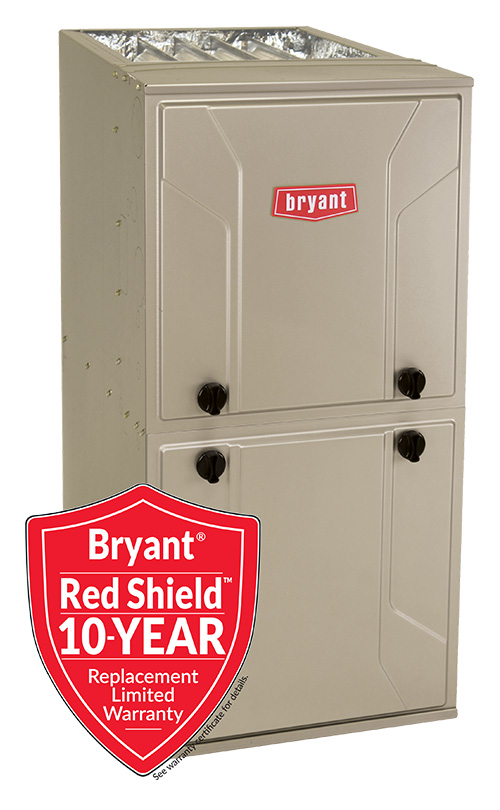
AFTER THE INSPECTION
After our furnace technicians are finished with the inspection, they will go over the full report with you in detail, outlining the recommended replacements and repairs. Keep in mind, some of the recommendations may appear to be frivolous expenses, but they are there to prevent expensive future repairs and extend the life of your heating system.
Please note: It’s important that you leave all of the replacements and maintenance to a qualified HVAC contractor, especially when the unit is under warranty. For the older models that have older or deteriorating components, it becomes even more vital that you rely on a professional. They can almost certainly keep your energy costs low, and, money aside, a qualified furnace technician is there to provide you and your family with a provision of safety. From gas leaks to faulty oil and gas connections, our staff is fully trained to look for common and not-so-common safety hazards.
HOW DO I KNOW WHEN IT’S TIME TO REPLACE MY FURNACE?
If you find yourself putting more money into repairs and the unit is over 10 years old, it may be time to consider a newer system. Don’t forget to factor in energy savings when determining the overall cost of the new heating system too. Upfront expenses are easily recouped over the span of a few years at most. The decision to replace vs repair your system is not always the easiest to make. Consider the following factors to help to make your decision a little easier.
Remember, its SAFETY first. If your heating system is posing a threat to the health of you or your family, it’s time for a replacement.
How old is the system? Considering that the average life of a furnace is around 15 years depending on use and location, you can make a quick guess as to how much time and money you may be wasting on your current setup. In some colder climates, it may be only 7 years… In warmer ones, it can reach 15. How close is yours?
Inefficiency. Energy bills can creep up on you over time, in spite of repairs and maintenance. Again, the age of your furnace may be a factor.
A new unit could save you a lot of money, this year and beyond!
